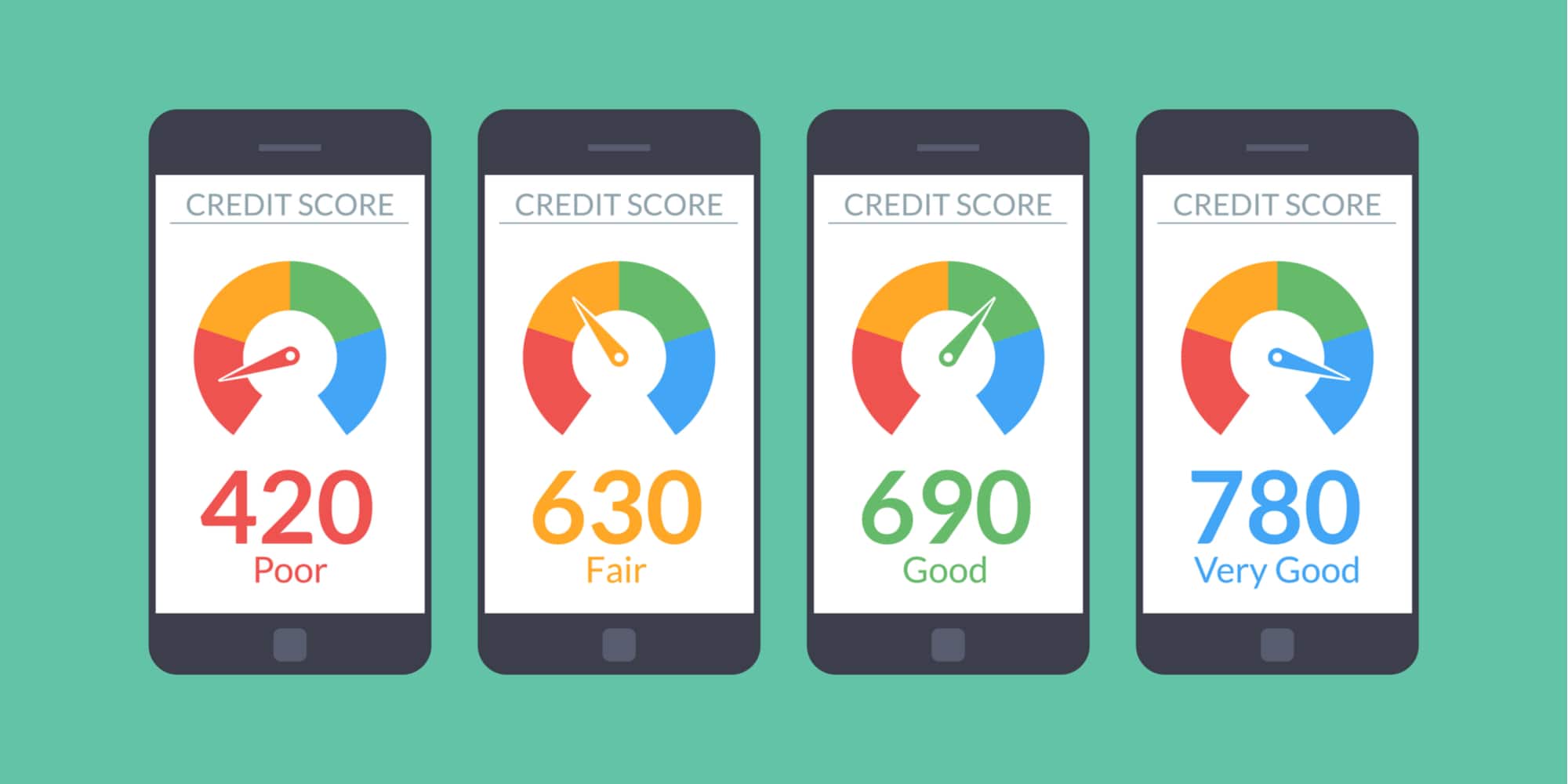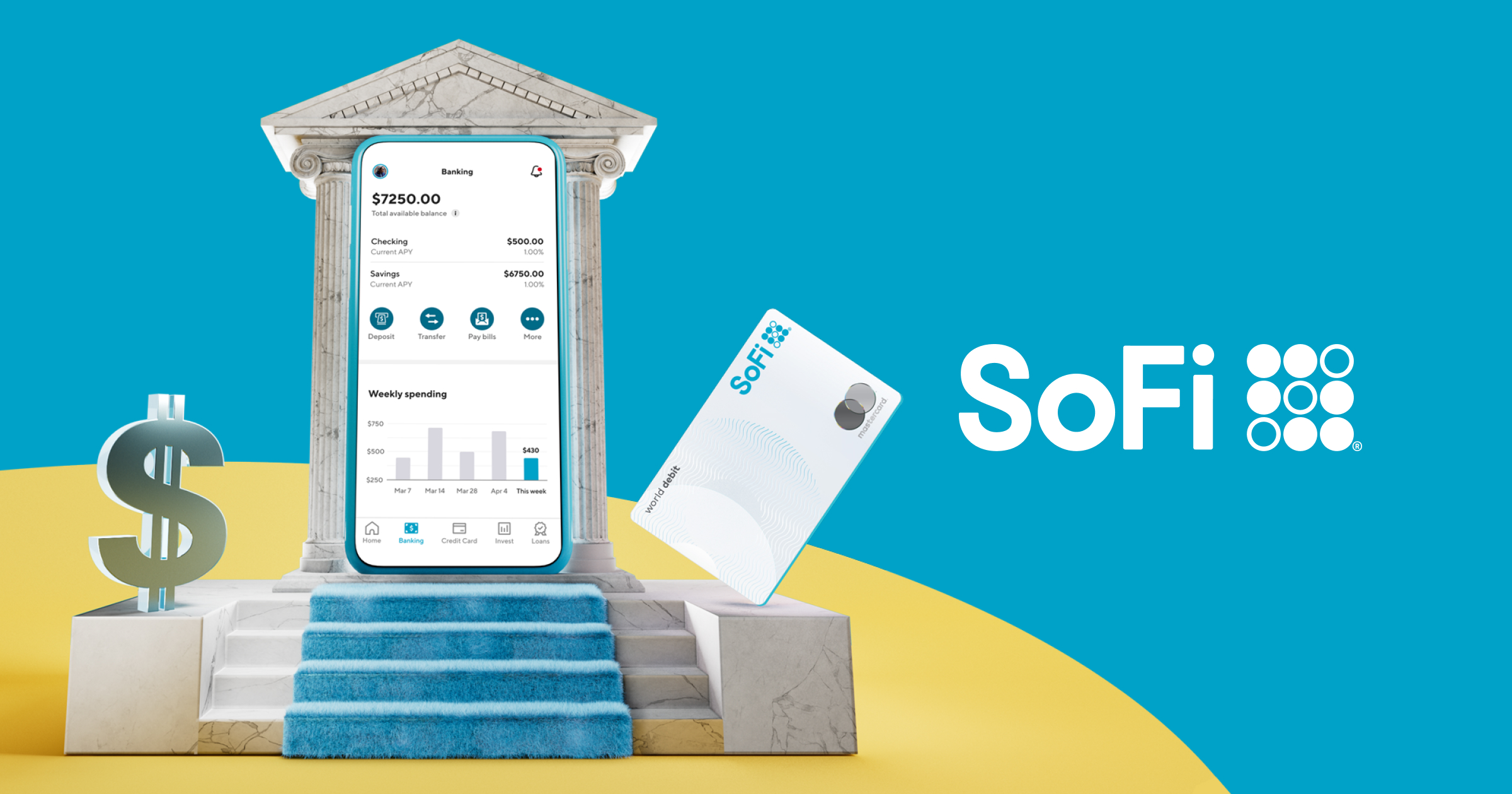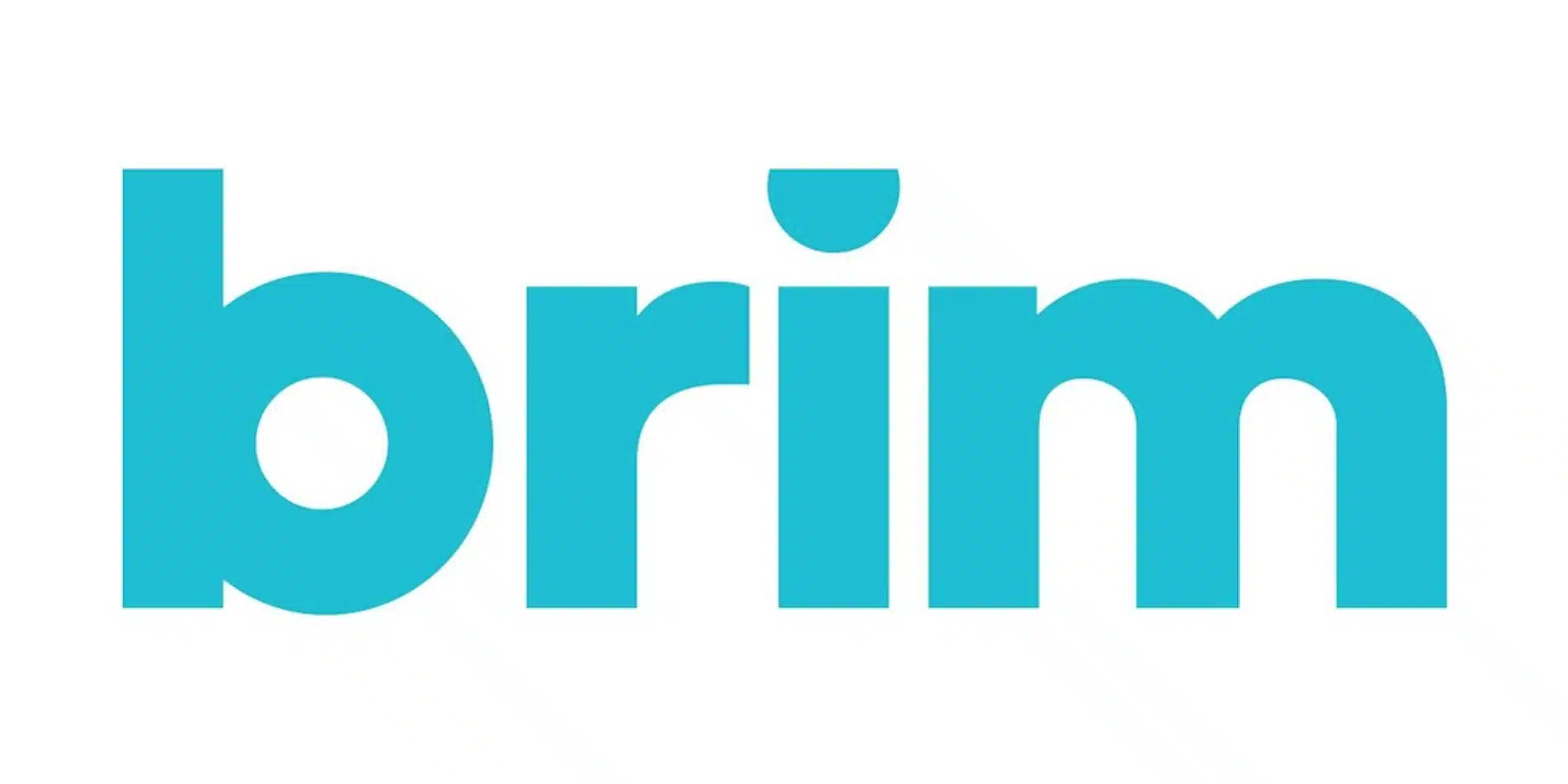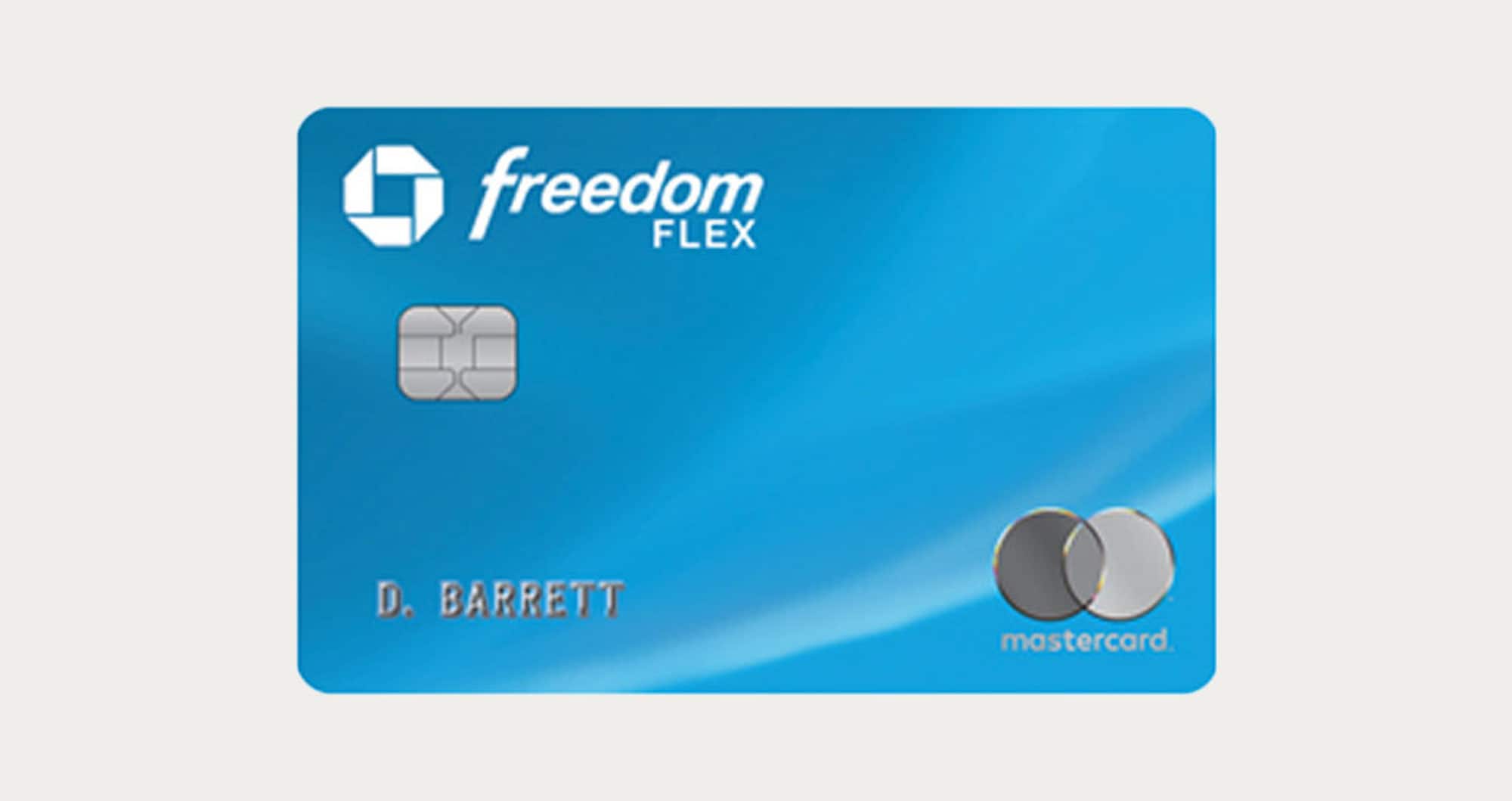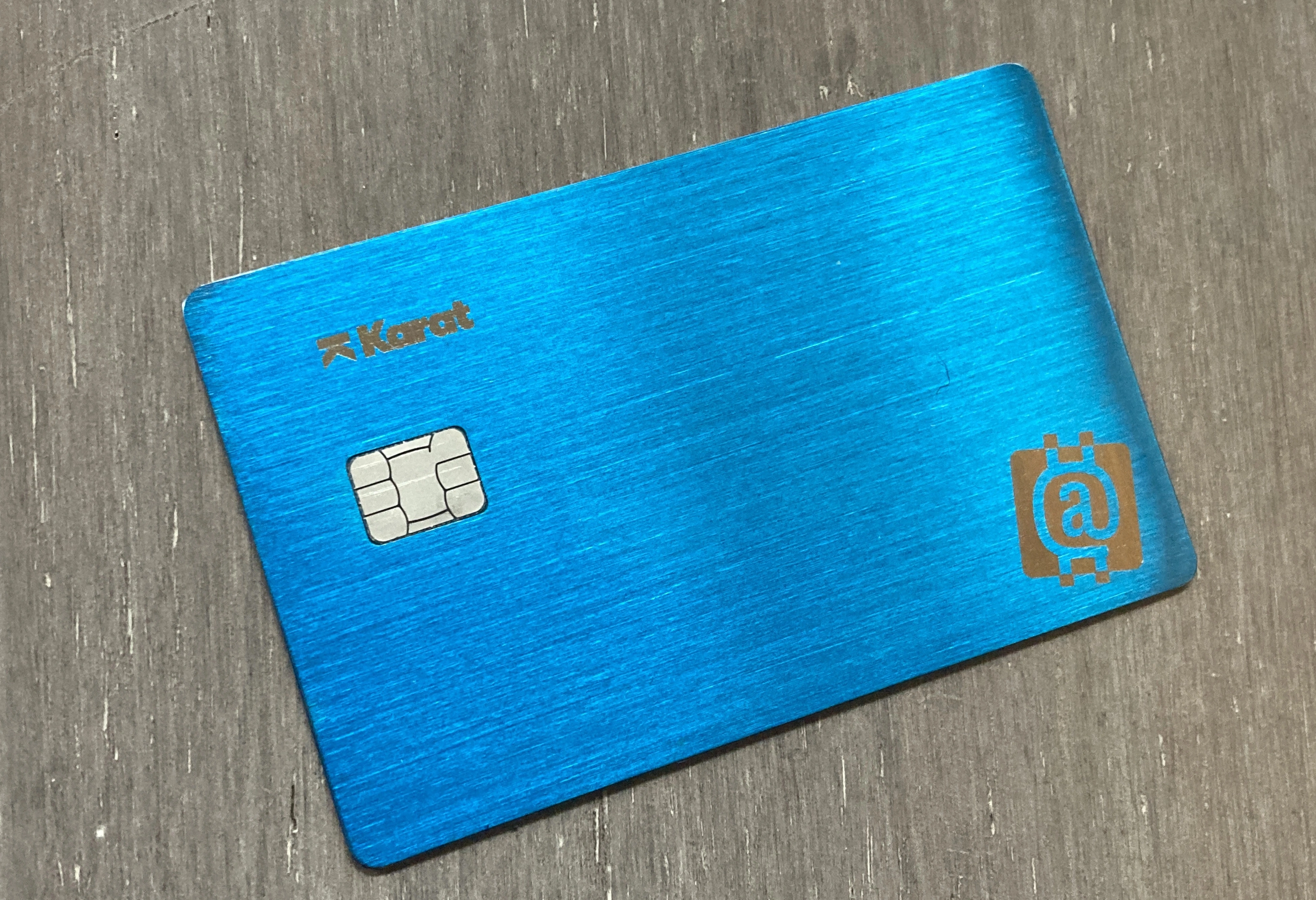
Product Reviews
Money at 30: Karat Creator Card Review
I don’t remember the first time I heard about Karat — but I know I’ve seen it plenty of times since. Each time I’d come across it on Instagram, I’d visit their site, only to learn that it was still invite-only. Luckily for me, a few months ago, I actually came across an invite code and was finally able to apply… only for the platform to seemingly open up to the public in the time since I got my card. So, now that this unique “Card for Creators” is hitting the scene, what exactly is it — and is it worth it?
To answer that question, let’s take a look at a few things to know about Karat along with my personal experience as a customer so far.
What is Karat and What Does it Offer?

The basics of how Karat works
Billing itself as “The Card for Creators,” Karat is a charge card meant to help YouTubers, social media influencers, and other such entrepreneurs grow and invest in their brand. Rather than rely on your credit score to provide you with a limit, Karat first looks at your social media following as well as your banking income to make an approval decision. Furthermore, unlike a credit card that charges interest and has a minimum payment, Karat is a charge card that pays off your balance in full each month by pulling money from your linked checking account.
Because of this, not only will applying for Karat not impact your credit but using the card won’t either (unless you request for payments to be reported). Also, while it’s not exactly clear what type of a following is required to open an account, you will need to be a creator in order to obtain a Karat card.
Signing-up
As noted above, the process of applying for a Karat card is definitely unique — and a bit vague. Furthermore, with the absence of an FAQ on their site, I can’t really speak to exactly what goes into the process. However, I can share my personal experience.
There are two main parts to the Karat application process: 1) sharing your social media info and 2) linking a banking account. For the former, I provided my YouTube channel, which recently broke 10,000 subscribers. Since this is far and away my largest social platform, I didn’t bother offering up any others.
Next, using Plaid, I was able to link two of my banking accounts where the majority of my savings are held, After submitting this info along with some other basics, I was informed that a decision would be made within one to two business days. In the meantime, I could select which categories I’d want to earn rewards in and could log into the website.
The day after I applied, I was informed that Karat’s system had approved me with a $3,000 spending limit. For context, this is about one-third of my lowest limit regular credit card. If I had to guess, I’d place the blame for this low limit on my relatively small following rather than on the amount of cash in my bank account, but who’s to say for sure? In any case, there is an option to request a new spending limit on the site, but I haven’t bothered to try.
Anyway, after getting my approval, I was able to start the process of requesting my card.
Your custom card
Let me say this off the bat: my Karat card looks frickin’ awesome! As I mentioned in my metal card round-up video, this card is crazy heavy, coming in at 27 grams on my scale. That’s partially because this is a solid sheet of metal — which, as far as I can tell, also means that the card doesn’t have tap technology. But, hey, that’s what Apple Pay is for. On that note, your card does seem to work in Apple Pay, although it won’t look nearly as cool as your physical card.
So what makes your Karat card so special? Aside from the metal feel, it’s the fact that the company customizes the card by laser etching your name, logo, etc. onto it. In my case, I was able to upload my Money@30 logo for inclusion. Personally, I think it came out looking great. Plus, you’ll also be able to select a color for your card. I actually initially choose the unique rainbow/iridescent color scheme, but I was informed that it was back-ordered. Thus, I went with blue instead, which, in hindsight, may have been the better pick overall.
Adding to the special feeling of getting your Karat card, mine came in a nice gift box. Inside, there was also a note to text the concierge in order to activate the card. Funny enough, I was traveling when my card arrived so I received a text from Karat letting me know my card was there. After letting them know it’d be a few days before I had a chance to activate it, they responded noting that I could reach out if I needed anything else. What nice people.

Rewards
One of the nice perks of Karat is that it offers rewards in a number of useful categories. What’s more, you can choose which categories you want to be rewarded for, selecting up to three from the list of options. At this time, according to the site, available options include:
- Ad Spend
- Auto Parts
- Camera Equipment
- Cosmetics
- Dining
- eBay
- Fitness/Gym
- Games
- Gas
- Men’s and Women’s Apparel
- Electronics
- Groceries
- PayPal
- Pets & Vets
- Subscriptions
- Travel
- Shipping
- Merch
While this is a pretty strong list, something that I found frustrating is that (at least when I signed up) it wasn’t clear how much each category would earn. Because of this, I had a hard time determining which three selections made the most sense for me. What’s more, when I initially signed up, one of the options was Amazon, so I select that — only to find out that this category was only 1% back. In other words, there was no benefit to using Karat for this category as I’d earn 1% back from basically any other credit card in my wallet. That said, my other selections of Electronics and Gas were both revealed to be 3%.
This leads to another minor annoyance with Karat rewards, which is that there’s not a simple way to change your selections yourself. Instead, users are advised to contact the concierge. Considering how responsive the Concierge has been in the past, this isn’t a terrible solution, but I still wish there was a bit more clarity on what categories earn what and that users could simply swap selections themselves on the site — even if there’s a temporary lock limiting how often you can do so.
With that out of the way, how do rewards even work? It’s fairly simple — first, when a qualifying purchase hits your account and clears, you’ll see it in your Rewards tab along with how much cashback you earned. Then, whenever you want, you can redeem your cashback to apply to your balance. There also doesn’t seem to be a minimum (or, if there is, it’s quite low) as I was able to redeem $5 of my cashback.
Incidentally, that $5 was earned from a purchase I made at Best Buy. Sure enough, this was categorized as Electronics and was eligible for that 3% back. Meanwhile, another purchase I made from Rolling Square (for my InCharge cable) also posted as Electronics, again scoring me that sweet 3%.
Employee cards
Since many growing creators work with a team, Karat allows users to request employee cards as well. Although I haven’t done this myself, it seems like a fairly simple process as the Cardholders tab on the site features an “Invite Cardholders” option where creators can supply some basic info to start to get things rolling.
On that interface, Karat notes that employee cardholders only see transaction data from their special cards and not the info of other cardholders in the organization. They cannot issue or activate new cards. Presumably, these employee cards would continue to earn the main cardholder rewards on applicable purchases — not to mention make accounting and bookkeeping a bit easier. So, while I have no need to request employee cards myself, I could definitely see this option being useful for others.
Referrals
As Karat makes its big push after launching, the service is currently offering some big rewards to creators who refer other creators to the service. In fact, customers can earn $250 per successful referral they make up to four, then $500 per referral for five to nine, and then $1,000 per referral after that. Obviously, this could be pretty lucrative for those who get several of their creator friends on board. Of course, with those approval requirements being unclear, it’s hard to know who’s worth soliciting.
But, hey, if you’re a creator who wants to give applying for Karat a shot, please feel free to use my referral link.

Quickbooks
When I logged into Karat for the first time, I immediately noticed a banner on the site touting a Quickbooks integration. As a Quickbooks Self-Employed user myself, I went ahead and tried this out. Sure enough, it was quite simple to do — only requiring me to select Karat from the available account options in QBSE and enter my info. What’s also cool is that I was able to mark my Karat card as “mostly business,” which will hopefully make it easier to denote my transactions as business expenses going forward.
No app
Finally, something else to note in regards to Karat is that, currently, there is no mobile app. Instead, you’ll need to manage your account through their website. Obviously this isn’t a huge deal but it is a bit inconvenient in my opinion. Hopefully, it’s also something that will change over time as the platform expands.
My Thoughts on Karat

If you’re a creator, there’s no doubt that Karat has a lot to offer — from useful rewards to a badass metal card and beyond. On top of that, I love that it’s a straightforward charge card that won’t impact your credit or put you in debt. At the same time, I do think a few small tweaks could make the platform even better.
For one, I really hope that a mobile app is in Karat’s future. Second, when it comes to rewards, I wish there was more clarity on what each category’s cashback rate is and that there was an easier way to switch out categories from month to month (or at least time to time). Similarly, while it may be too much to ask, I’d also appreciate it if there were more transparency on what types of metrics Karat was looking for in terms of approvals.
Turning back to the positives, I do appreciate that Karat has already thought to make their card easily integrated with Quickbooks and that their rewards categories speak to both the business and personal side of things. Additionally, the Concierge text line is a really cool feature that seems to work well when needed. Also, did I mention how cool the custom card was?
Overall, despite my nitpicks and suggestions, I do think Karat is an awesome idea and a solid product. Thus, if you’re a creator yourself, I’d recommend at least checking it out.




